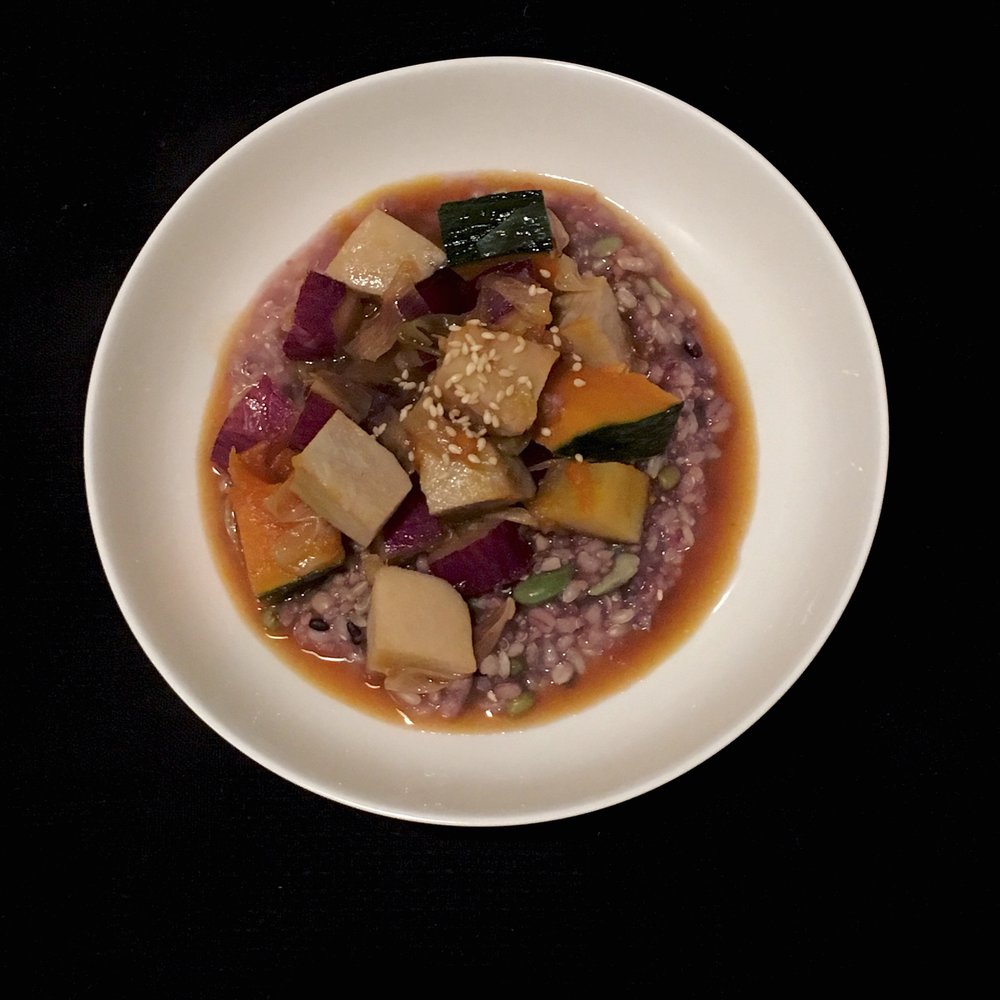In the end of winter when spring is coming but too slowly, there is nothing such as a little getaway to the southern islands for a bit of real spring, with temperatures above 20 degrees and the ocean around 22 degrees. And with my parents visiting we all took off to Okinawa main island for the weekend. It’s only 2h30 flight away from Tokyo, but it’s a totally different world! This time we headed to Nago and enjoyed the sea, the nature, the culture of the Ryukyu islands. Very typical architecture, pristine blue water, lush green of the tropical forest… Swimming, marine sports, hiking are probably the main activities. The biggest surprise of our trip was probably Bise. A beautiful small village by the sea with alleys of trees that create a magic atmosphere, and where for some reason we’ve not been before. We stayed in a house just by the sea and surrounded by these beautiful trees. We also enjoyed some local food of course, the delicious tofu from Okinawa, with a different mode of preparation than tofu from the mainland (they keep it warm in the supermarket instead of having it in a fridge!); the umi budo; the gusuku seaweed; the pork long cooked and all melty; the natural black sugar; the shikwasa and the tankan citrus fruits to count only a few. The best to visit the island is to rent a car, it’s very easy to drive around. To stay in Bise try Ocean Blue or Chanya for a unique beach side experience. The huge marine park near Bise has a beautiful exhibition about the Pacific islands culture that I warmly recommend.
Other things to do in Okinawa main island: Shuri-jo and a walk in the narrow streets around; Nakamura house; Gyokusendo caves; beach, beach, beach












